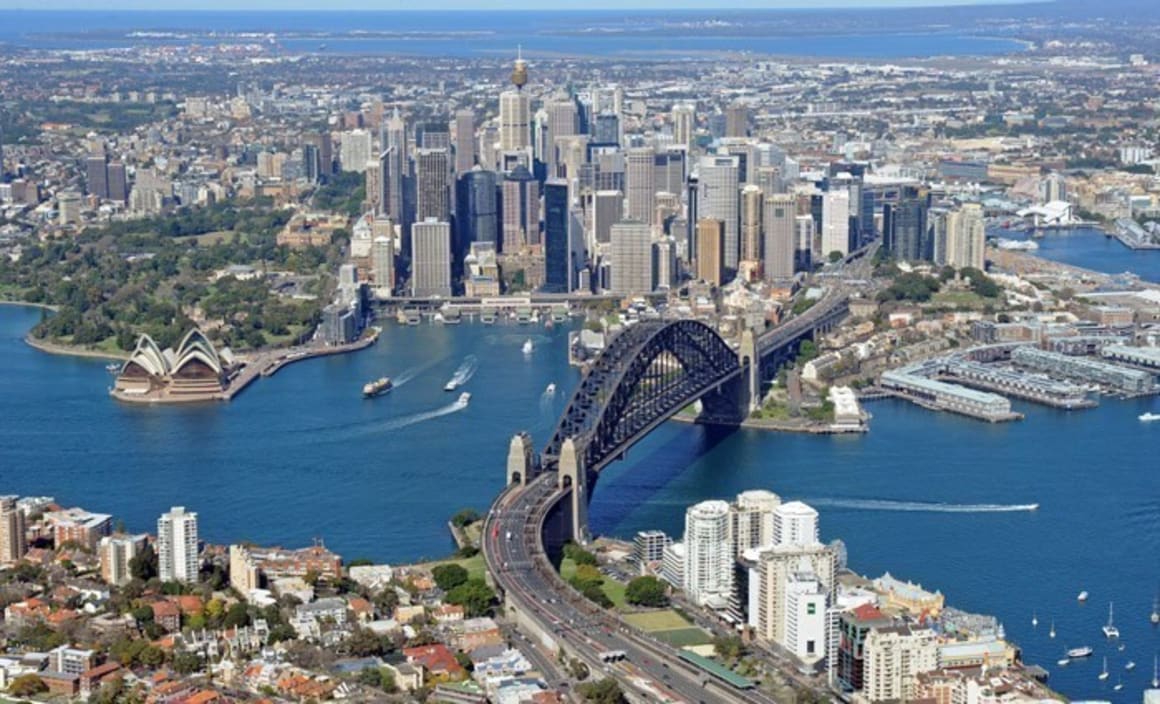Sydney at no. 7 among top cities to live/work: Savills research

Sydney ranked seventh on an index of world class cities, while the cost of accommodating an employee in Australian capital cities compares very favourably with key Asian neighbours, according to real estate firm Savills' latest Live/Work Index.
The index, which measures the combined cost of residential and office rental per person per year, puts Sydney’s costs at less than half that of Hong Kong, well below Tokyo and Singapore and about 13 per cent above Shanghai. The Emerald City’s costs were also half that of London and New York.
While the data did not look at Melbourne, Brisbane and other Australian capitals, given Sydney’s relatively higher cost of living, that their costs would also be well under some of our most important Asian neighbours, said Savills’ national head of Research, Tony Crabb.
Sydney also ranked seventh behind London, New York, Hong Kong, Paris, Tokyo and Singapore on a world class city scorecard which includes a combination of established world cities and their dynamic up and coming rivals.

The average total cost of accommodation per worker, per year in the 20 cities measured $76,300. Rio de Janeiro had the lowest cost at $22,147 and London the highest at $151,399, closely followed by New York and Hong Kong, the index showed.
San Francisco saw the greatest price rise over 2015, up by 13 per cent, compared with a 9 per cent fall in Moscow and Rio de Janeiro, and is top of the table in A.T. Kearney’s Ranking for Global City ‘Future Potential’.
The productivity of cities and their value to global businesses clearly has a pronounced effect on demand and hence rental costs, according to head of Savills World Research Yolande Barnes.
"The highest ranking global cities, London and New York, are also the most expensive for businesses and workers to occupy. Arguably both are achieving a fair price in relation to their composite world city scores, but Hong Kong looks more fully valued," Barnes said.
"However, world cities can become a victim of their own success when rents rise to the point where affordability becomes an issue.’’
She said the test for the top Alpha cities was to supply new business quarters and residential neighbourhoods whilst retaining the characteristics that made the city attractive in the first place.
"Growth without social, economic or environmental loss is perhaps one of the biggest challenges facing our world cities today.
"While some of the larger and most prominent world class cities struggle to replicate their most successful city fabric in new places, other cities are emerging into the global spotlight.’’
Global real estate recovery had not been universal but rather concentrated in the cities favoured by occupants and investors in the growing digital and creative economies, she added.
"This means some relatively small cities, such as Berlin (population 4.3 million) and Dublin (1.7 million) are fast moving into the realm of world class city status and competing with the giants in a new digital age, while San Francisco’s place in the top 10 now looks secure.’’
The report found real estate growth had shifted back from east to west. From 2005 to 2011 new world cities of the BRIC countries (Brazil, Russia, India and China) - Shanghai, Mumbai and Moscow as well as Hong Kong and Singapore - significantly outperformed London, New York, Paris, Tokyo and Sydney.
However, in the years to 2015 this trend has reversed: as economic growth and wealth creation has slowed in the new world, economic revival has driven real estate recovery in Europe and, most especially, in the USA.
"Increasing the supply of high quality workspace will be crucial for emerging cities such as Rio de Janeiro, Mumbai and Lagos but this stock might not have to be international-style office blocks if a more local low or mid-tech solution is more appropriate.
"The vast majority of workspaces across the globe in both emerged and emerging economies remain small-scale, informal and local buildings rather than international architectural-style, plate glass fronted offices.
"The choice between a fine-grain city of mixed-use neighbourhoods and grand masterplans of big blocks faces virtually every world city today and will make a huge difference to the way of life of citizens in their houses as well as work places,’’ Barnes said.